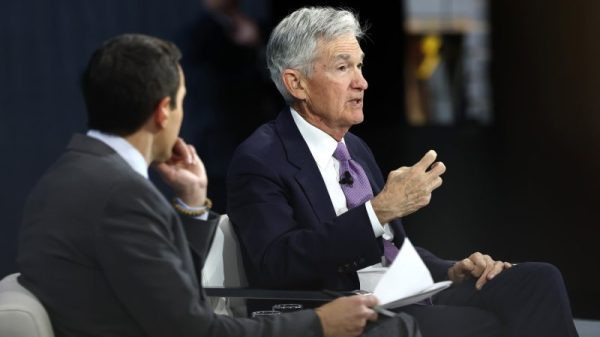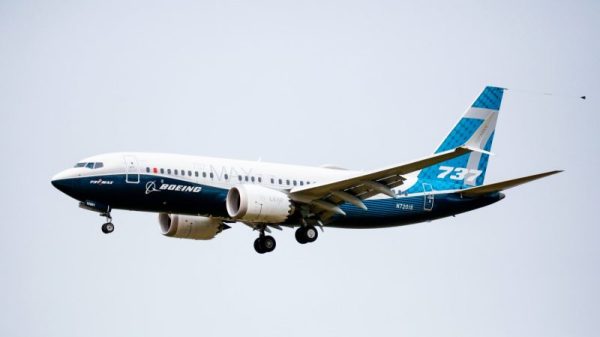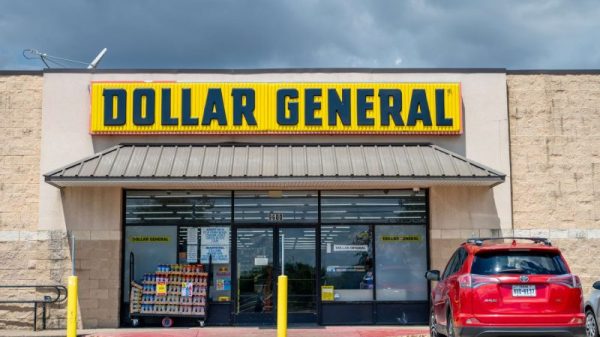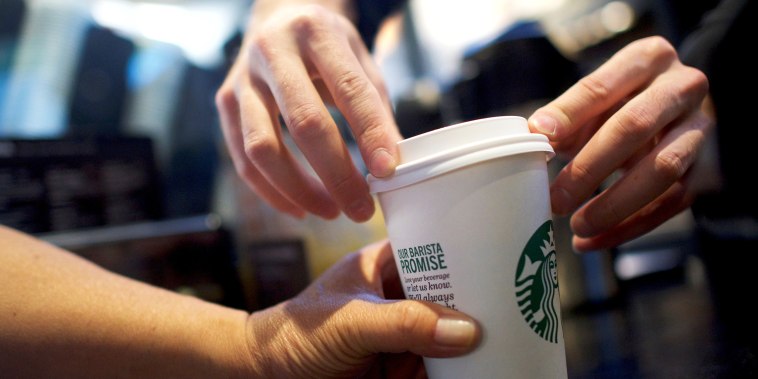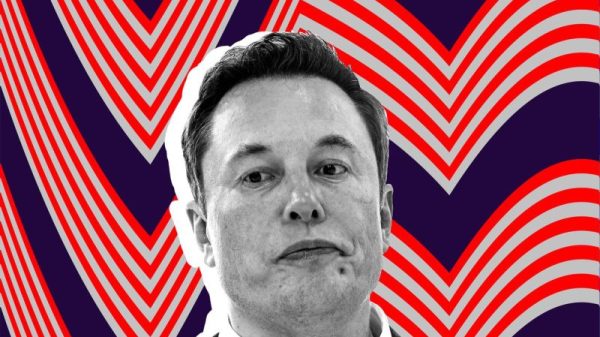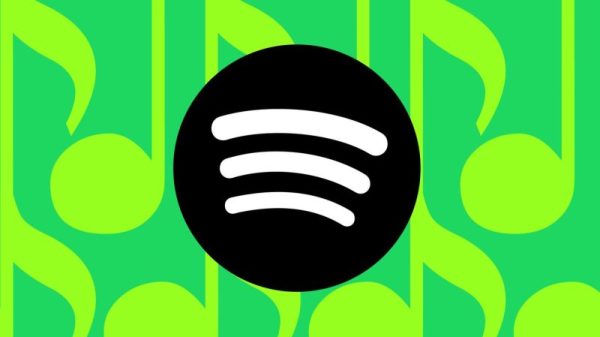The recent consumer pullback, long forecasted by economic analysts, has finally begun to impact the restaurant industry, with major chains such as Starbucks, KFC, and McDonald’s feeling the effects. This shift in consumer spending patterns can be attributed to a variety of factors, including rising inflation, increasing cost of living, and uncertainty surrounding the global economy. As consumers become more cautious with their discretionary spending, the restaurant industry is facing challenges in maintaining customer traffic and sales growth.
One of the primary consequences of the consumer pullback is a decline in customer foot traffic at popular restaurant chains. Starbucks, known for its premium coffee offerings and cozy ambiance, has reported slower-than-expected sales growth in recent months. The company attributes this decrease in customer visits to changing consumer preferences and a shift towards more cost-effective alternatives. As consumers tighten their budgets, they may be opting for homemade coffee or less expensive alternatives, rather than visiting Starbucks for their morning pick-me-up.
Similarly, fast-food giants like KFC and McDonald’s are also feeling the pinch of the consumer pullback. With a significant portion of their revenue coming from impulse purchases and dine-in customers, the decrease in foot traffic has had a noticeable impact on their sales figures. While these chains have introduced value meal deals and promotional offers to entice budget-conscious customers, they are still facing challenges in maintaining profitability in the current economic climate.
In response to the changing consumer landscape, restaurants are exploring innovative strategies to appeal to cost-conscious customers. For example, Starbucks has introduced a loyalty program that offers discounts and rewards to frequent customers, aiming to retain their customer base amidst the pullback. Similarly, fast-food chains are focusing on expanding their delivery and takeout services to cater to the growing demand for convenient dining options.
Another trend that has emerged in the wake of the consumer pullback is the rise of plant-based and healthier menu options at restaurants. With health-conscious consumers prioritizing nutritious and sustainable food choices, restaurants are expanding their offerings to include vegetarian, vegan, and gluten-free options. This shift towards healthier eating aligns with changing consumer preferences and provides restaurants with an opportunity to attract a new segment of customers.
In conclusion, the long-predicted consumer pullback has begun to impact restaurants like Starbucks, KFC, and McDonald’s, prompting these chains to rethink their strategies and adapt to changing consumer preferences. As the restaurant industry navigates the challenges posed by the economic downturn, innovation, and customer-centric approaches will be key to sustaining growth and profitability in the face of uncertain market conditions. By understanding and responding to the evolving needs of consumers, restaurants can weather the storm of the consumer pullback and emerge stronger on the other side.











